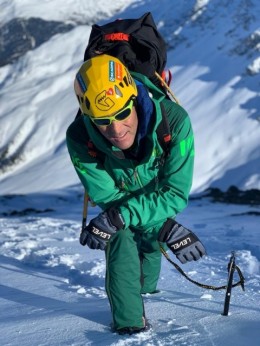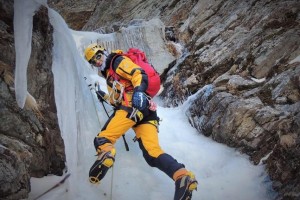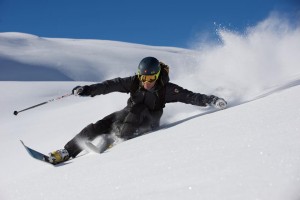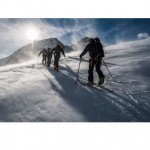26 June 2020
HIKING: how to best prepare?
The advice of the expert Marco Confortola
HIKING: how should it be faced?
The advice of the expert Marco Confortola - Mountain Guide, Alpinist & Trainer to introduce us to the world of hiking with all the necessary precautions.
This summer let's enjoy a nice holiday among the local peaks in total safety!
 |
One of the best known Italian climbers, Marco Confortola introduces us to hiking with a valuable advice:
Don't underestimate hiking, it can get in trouble. Always bring a first aid kit, a watch with a counter and rent a satellite phone if your destination is without coverage.
We know well, this summer it will not be possible to do all sports. But the mountains never betray because - as I always repeat - it is not a question of sport but of a lifestyle. And the opportunities it offers are numerous: such as hiking, the English expression that indicates hiking. It is different from trekking, which means walking along more complex paths.
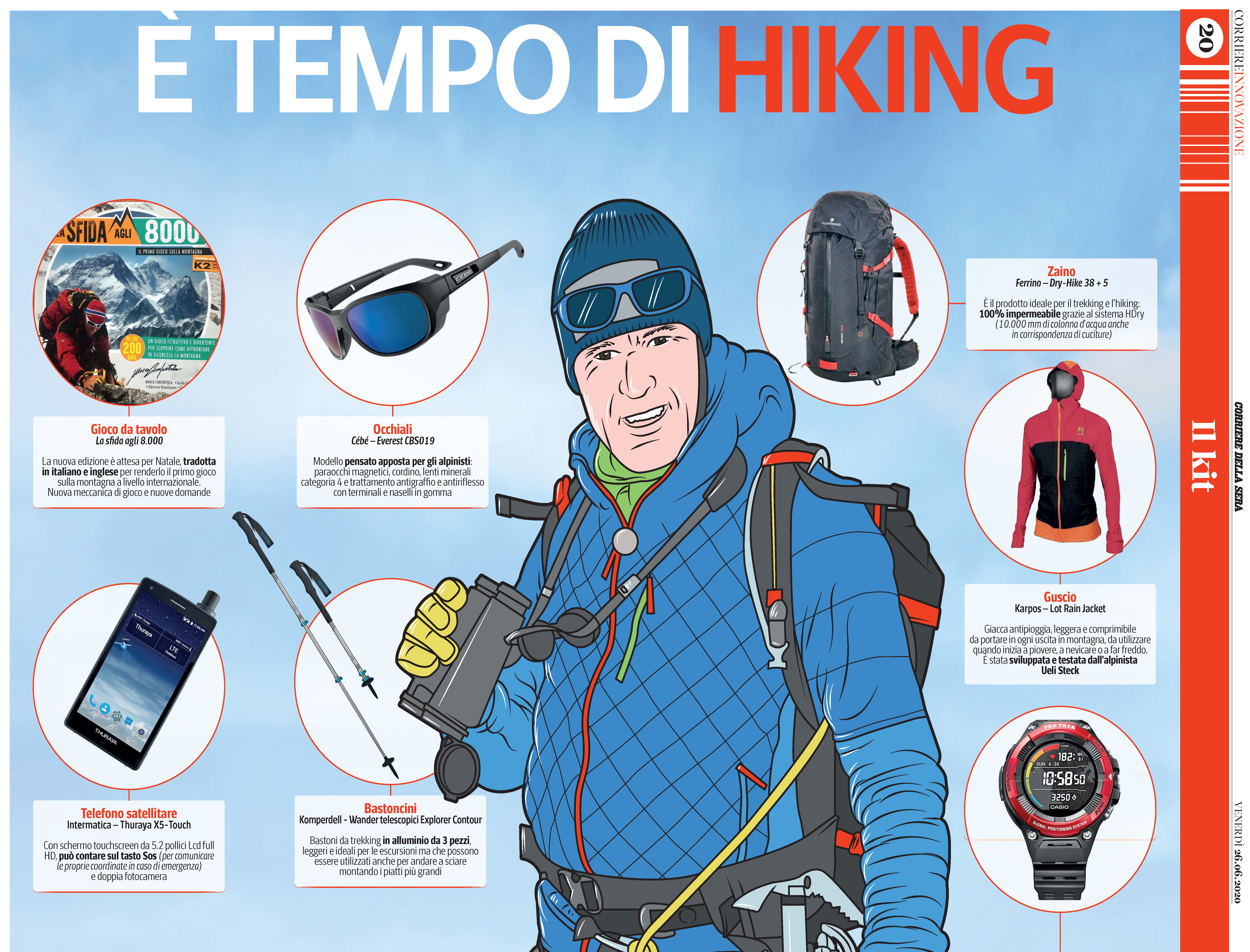 |
Hiking, on the other hand, involves walking on already marked, less technical paths. To say that hiking is the initiation to the mountains, but beware of underestimating it: even hiking can get you in trouble. I know it well: in addition to being an Alpine Guide, Himalaist Alpinist, Testimonial Rifugi Lombardia, writer, company trainer, I am also a 118 Caiolo base helicopter rescue technician. It is not uncommon, for example, to get hurt in early summer, when you meet canals where there may still be avalanche snow: without the right shoes, you can slip and get hurt. Safety must be given priority. Rather, ask the mountain guides and refugees for information before venturing into a valley.
In any case, it is a good idea to have a first aid kit with you: it is sufficient to clean and disinfect a wound or an excoriation. Better to have a watch with an altimeter and compass: the altitude is always specified in the shelters, so you can calibrate, indicate the correct altitude and then leave. In this way, if you are in difficulty, the exact height is communicated to the rescuers.
Before choosing a route, I recommend that you inquire about the telephone field, otherwise it is preferable to have a satellite phone (you can rent it).
Learning to dress is important: I prefer the breathable ones to the cotton t-shirt, which absorbs sweat and retains wetness. This way the back remains dry and painful consequences are avoided. Then a windproof vest and a light fleece. And, given that in the mountains the weather changes rapidly and there is a risk of rain, with a shell (for example a goretex jacket) and light overtrousers you will stay dry.
I recommend the backpack: it must be waterproof, no need to bring a change if it gets wet! With dry t-shirt, socks and underwear you arrive sweaty, you change and the world changes too! I also recommend having a thermal blanket: it is very light but in case of bad weather or injury it avoids heat loss. It seems incredible, but even a pair of light gloves avoids bad accidents: if you feel cold, it is instinctive to put your hands in your pockets but if you then stumble, your head hits the ground. A hat and sunscreen to avoid sunstroke and a bandana to shelter in case of breeze are also inevitable.
Finally the map: in the mountains it is as fundamental as the navigator on the car.
The sticks are especially useful on descents, they release many pounds from the knees and back. But you have to choose those suitable for the required function. In addition, during excursions it is perhaps more important to hydrate properly than to eat: do not drink only when thirsty but at regular intervals, a sip every half hour. Water and supplements are fine.Those who enjoy retracing the path made can count on numerous applications.
Three years ago I created a boxed game: The challenge to 8,000 (the updated version will be released before Christmas and also translated into English). All 8,000 must be conquered by answering all kinds of questions, from how to behave on a ridge, in a refuge to the history of mountaineering and what the helicopter rescue is called. There is also talk of alpine and Nordic skiing.
Because even skiing, snowshoeing, walking means experiencing the mountains to the full.
Credit to Corriere della Sera. Reproduction prohibited





